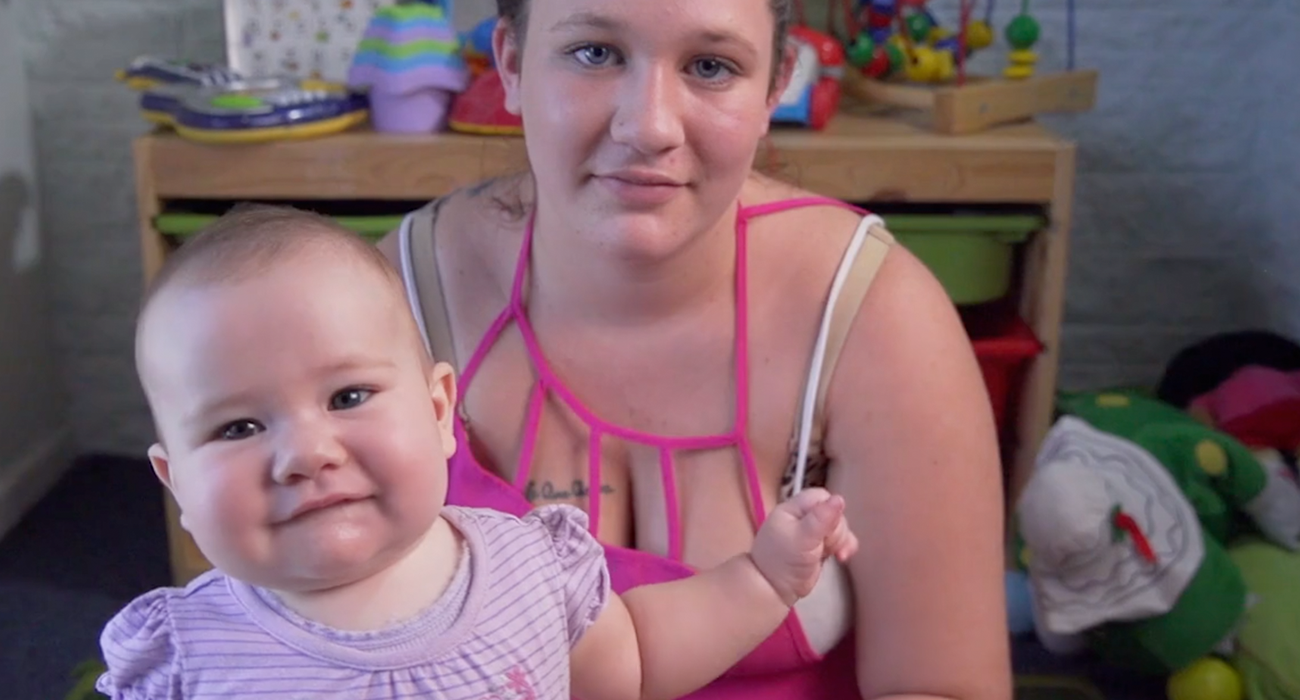For those of you who missed out on DSF’s exciting Creative Learning forum in you can watch an abridged version of Sefton-Green’s talk here. His talk is divided into four chapters.
Chapter 1: Why Creative Learning now?
Here Sefton? Green gives an overview of the international creative learning landscape. He discusses 3 key themes which saw creative learning come into prominence in the UK and how these relate to the current Australian situation.
- Renewed attention to the creative economy. Governments who understand that a large part of economic growth comes from the production and exploitation of the creative economy search for ways to invest in it’s development.
- Concern about the relevance of schools. Since the late 1990’s in developed countries there has been an increasing sense of anxiety that schools are not fit for purpose; that schools are failing young people and that the processes of schooling are irrelevant. Creativity is often heralded as a remedy to the perceived failings of the schooling system. Sefton-Green questions whether there really is a crisis in schooling.
- Creativity has also become a values issue. We live in a culture that is very concerned with identity processes, that pays great attention to therapeutic discourses like: how can we grow as people? How do we achieve value? Creativity is seen as a process that we all need access to in order to fulfill ourselves.
Chapter 2: Key dimensions of what constitutes creative learning
- Creative learning can extend what is on offer in schools.
- Creative learning can provide connections across subjects.
- Creative learning offers ways of engaging young people who are disaffected and alienated from the curriculum and from school experience.
- Creative learning can increase the capacity for independent thought and risk taking by stimulating curiosity and imagination.
- Creative learning is not only about young people but also about teachers pursuing creative approaches to teaching.
- Creative learning can extend the site and time of learning beyond school.
- Creative learning is often seen as a way of helping institutions themselves take on forms of school change.
Chapter 3: What does creative learning look like in practice?
In this chapter, Sefton?Green talks about what creative learning looks like in three domains of education.
- Formal education – schools. In this section Sefton?Green discusses the UK’s Creative Partnerships program where schools had access to discretionary funding to develop innovative, slightly off the wall creative activities.
- The “not?school” environment ? discusses the promotion of a ‘range of soft skills’ through the diverse array of programs internationally.
- Creative learning in the home – discusses media and gaming.
Chapter 4: How do we evaluate creative learning initiatives?
Sefton?Green argues that we need to find new ways of describing and valuing learning that is not solely defined by hard statistics about outcomes. He calls for new forms of measurement for educational attainment beyond the performance agenda.
